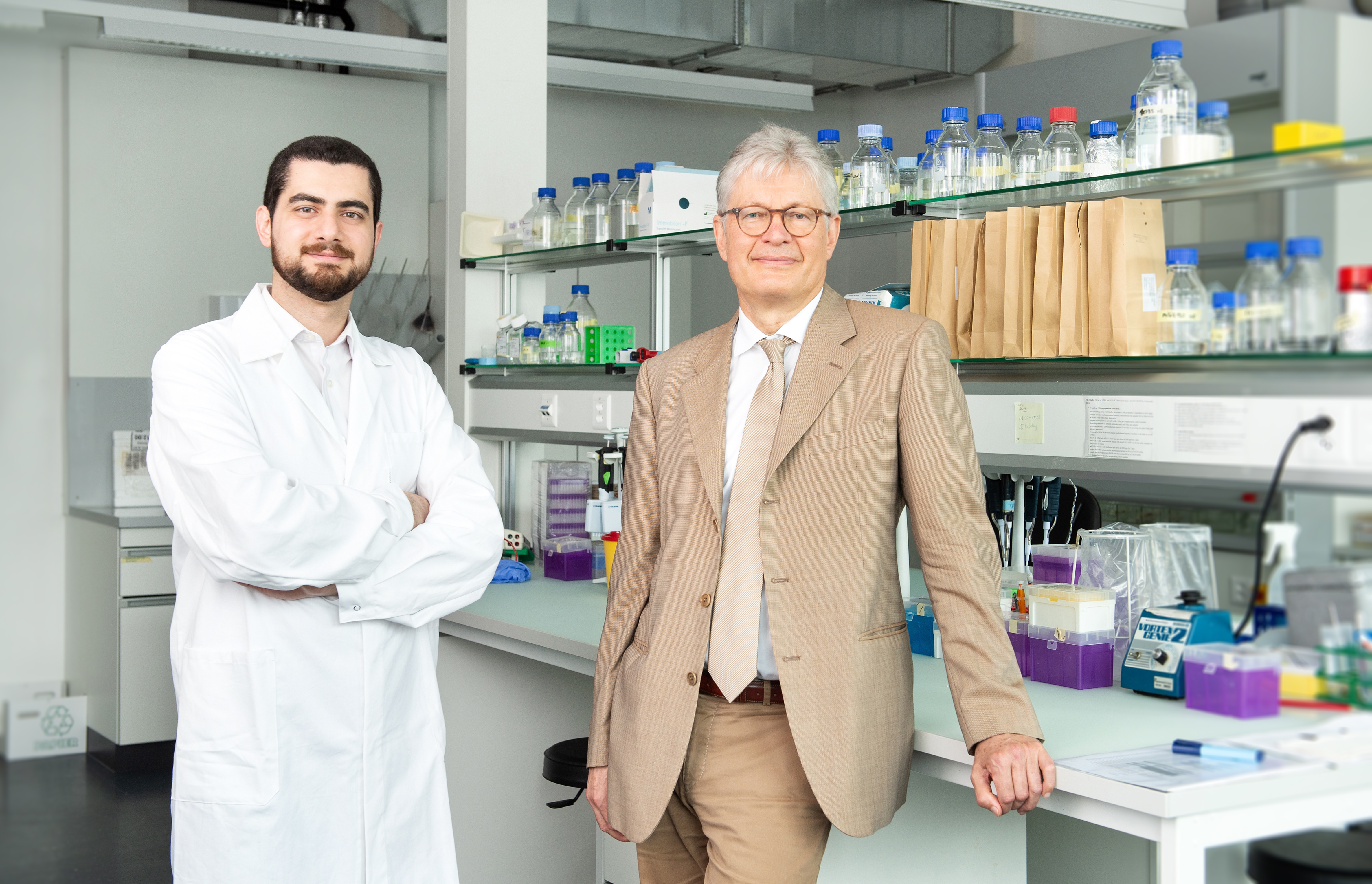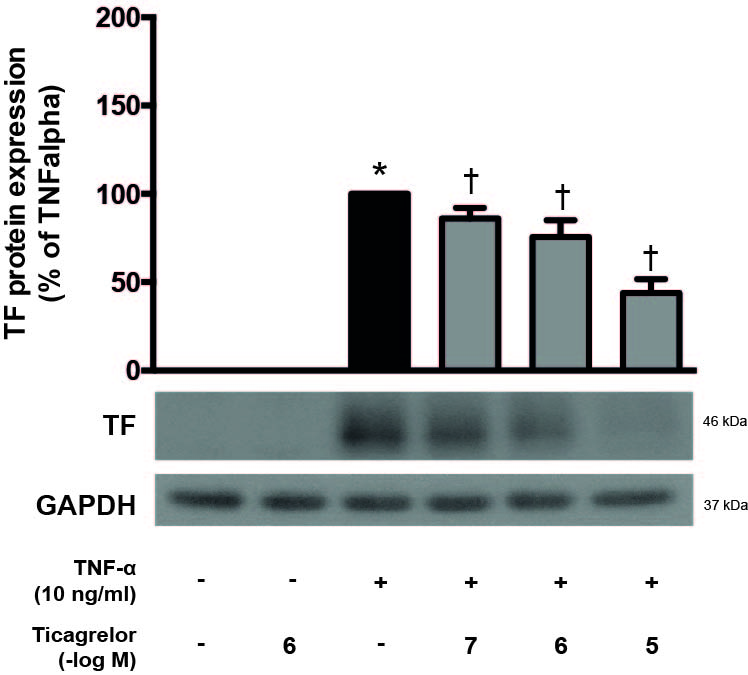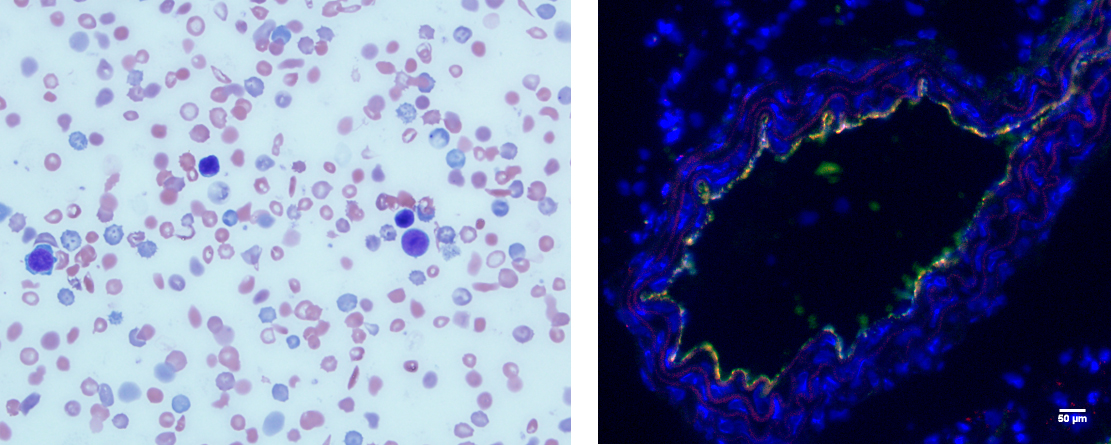Platelet Research

We are currently performing basic and translational research in the following projects:
- Effects of the plant-derived omega-3 FA alpha-linolenic acid (ALA) on platelet function: based on our previous finding that ALA reduces the function of blood platelets (1), we are currently studying its potential therapeutic use in sickle-cell disease (Figure 1) and venous thrombosis (2).
- Prognostic implications of red cell membrane content of omega-3-fatty acids in elderly patients on recurrent thromboembolism and death: Analysis in 1000 Switco-patients, a SNF project.
- Transfusion medicine: platelet bags for transfusion are treated with different pathogen-inactivating systems to reduce the risk of diseases for patients. We are studying the effects of these treatments on platelet function and the underlying cellular mechanisms.
- Effects of cholesterol in platelet function: we are characterizing one of the most important platelet receptor (glycoprotein Ib) with respect to clustering and function in response to membrane cholesterol content.
- Role of Arginase II in platelet function and thrombosis: Arginase II has been implicated in the progression of several cardiovascular diseases and our team is characterizing its role in platelet function and thrombosis.
- Off-target effects of antiplatelet drugs: We are investigating potential off-target effects of P2Y12 receptor antagonists with special emphasis on endothelial dysfunction, thrombosis and stroke (Figure 2).

- Zoom (JPG, 715 KB)
- Fig. 2: Tissue Factor Expression in Human Aortic Endothelial Cells. Treatment with the platelet antagonist ticagrelor reduces expression of the pro-coagulant tissue factor (TF), thereby exhibiting anticoagulant in addition to its antiplatelet effects..
References:
- Stivala S, Reiner MF, Lohmann C, Luscher TF, Matter CM, Beer JH. Dietary alpha-linolenic acid increases the platelet count in ApoE-/- mice by reducing clearance. Blood. 2013 Aug 8;122(6):1026-33
- Reiner MF, Martinod K, Stivala S et al. Dietary omega-3 alpha-linolenic acid does not prevent venous thrombosis in mice. Thromb Haemost. 2015 Jan;113(1):177-84.
